It is no secret that a paper’s finish can ultimately be decisive in its going unnoticed or attracting consumers’ attention through the visual effect it creates and how it feels when touched. In this regard, embossing a material can become a key factor in getting a project or a design to stand out. However, how do we achieve this effect and what factors need to be taken into account?
To begin with, it is important to know that embossing is a process that confers texture upon a paper or another type of substrate through the application of pressure with moulds that contain the corresponding drawing or image. However, this process can be performed in two different ways: single-level or die.
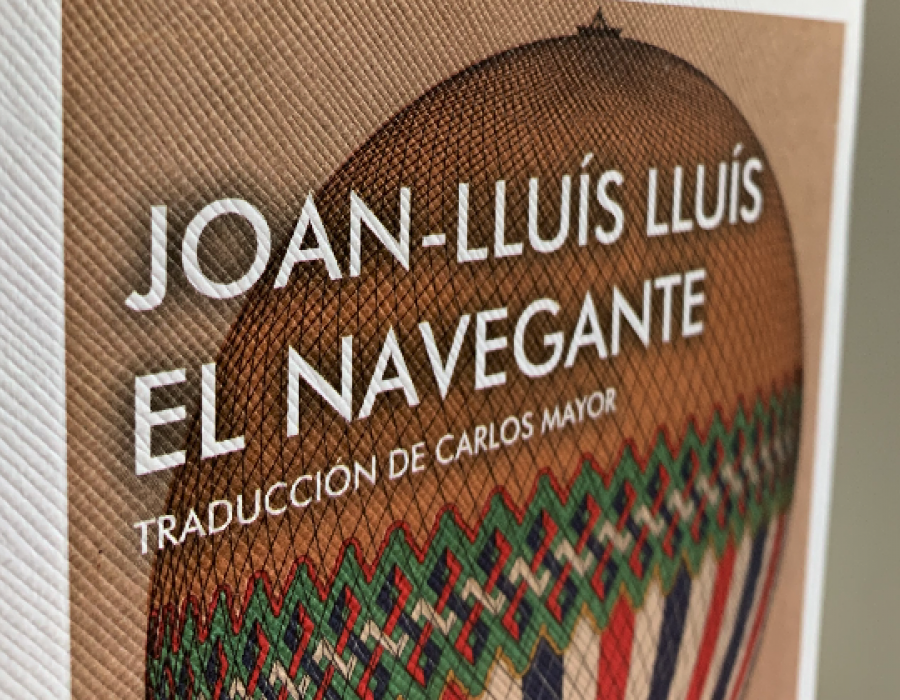
Different embossing processes
The main differences leading us to choose one system or another is the format of the material to be embossed. If it is to be applied to pre-cut sheets, dies cannot process this format so it needs to be done flat. On the other hand, sheets cannot be die-embossed, although if the source format is a reel this system will deliver greater production speed. This difference is that embossing requires the material to be taut to be able to apply the pressure at the exact point, since otherwise the paper can get creased and the result will be deficient.
Therefore, the single-level system is usually left for the application of small motifs to be “stamped”, whereas large drawings are applied by reel. For these reasons, at industrial level, and when large amounts of paper are involved, embossing is normally performed on a reel and the finished product is then transformed into sheets.
Die-embossing
This system, which we use at Guarro Casas, operates as its name indicates, based on two dies engraved with the motif to be embossed on the material: one of them is metallic, containing the positive image; and the other is created by hard rubber or felt, forming the negative. Depending on the material, the embossing will be more or less pronounced, just as the paper to be processed will also limit the use of one or another process.
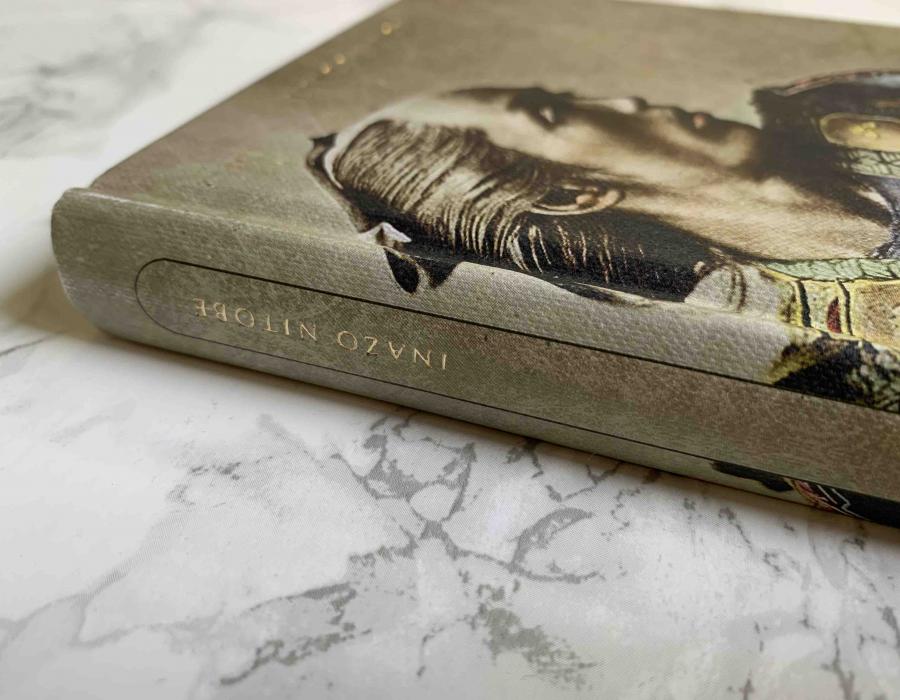
Guarro Casas normally uses the negative felt die since it delivers better definition in the result. This is because in order to produce it the felt is wetted and this die is rolled over the positive die without any paper in the middle to transfer the motif and to create a perfect embossed image.
But apart from definition, as we already indicated, the material to be embossed also affects the choice of the negative die. In these rollers, a positive image is produced on the embossed paper, which is the side with the etched motif, and a negative, which is the side that presents it in the opposite direction to the original (for example, the embossed letters can be read backwards). In certain applications we do not want this second surface to be marked. In this case, rubber or hard rubber dies are the best option, since as the paper is stiffer it is marked less, although contrary to what happens with felt, the definition of the motif is reduced as the paper’s depth is reduced.
It should also be emphasised, with regard to die-embossing, that despite this “endless” format which this more industrial process permits, it is not true that the embossed motif has no beginning or end. On the actual paper, only the most highly-trained eye can make out a virtually unnoticeable sign, called the marking roll, which indicates the point where the mould of the cylinder begins again, although this part is manufactured continuously on the drawing so that the consumer cannot see this join.
Hot or cold?
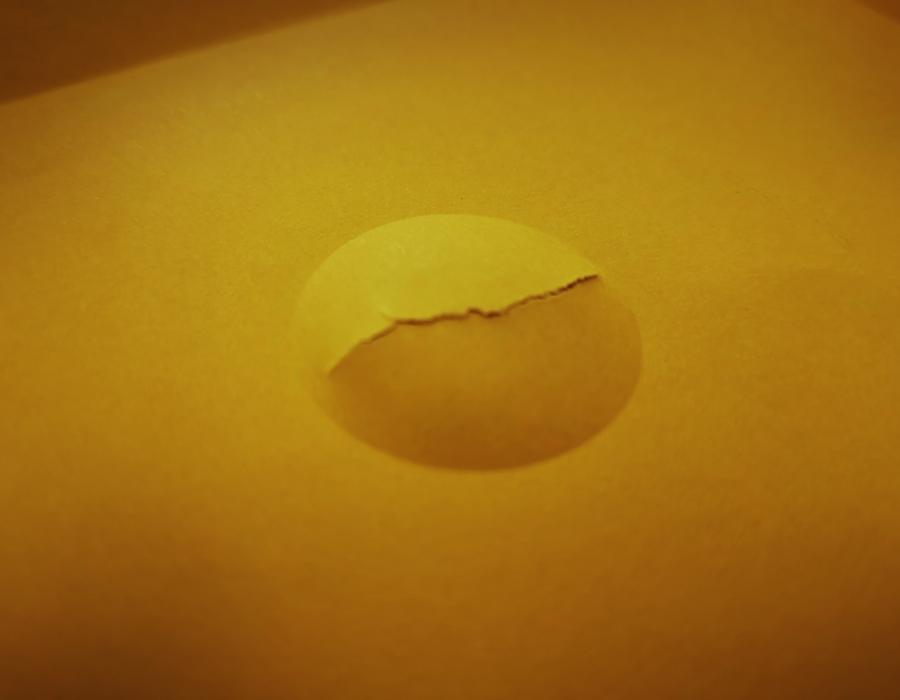
Besides the difference between flat or die, embossing can be performed at two temperatures: hot or cold. Guarro Casas applies both formats, although the material with which each one is to be used must be chosen very carefully. The main difference is that heat can change the substrate’s colour, since some may react on account of the high temperature and pressure applied and their shade may change. This tactic is used particularly when a two-tone effect is sought, meaning that the part to which the pressure of the motif to be embossed has been applied is darker.
However, it should not be forgotten that heat cannot be used in some non-cellulose substrates since they may be totally modified or because a high temperature may cause the material to disintegrate.
Bursting
Moreover, and as occurs with other processing techniques, not all papers can be adequately embossed. This is because depending on the substrate chosen, their mechanical properties may be lost and their strength diminished, which could lead to breakage of future products. For this purpose, Guarro Casas performs a burst test whenever we emboss to guarantee the best possible results in each production run.
In this test, a machine blasts pressurised air jets through a cylinder about 2 cm in diameter until the paper tears when the intensity becomes too high. This allows us to measure the strength of the embossed material and to know whether it is suitable for the applications for which it will be intended.
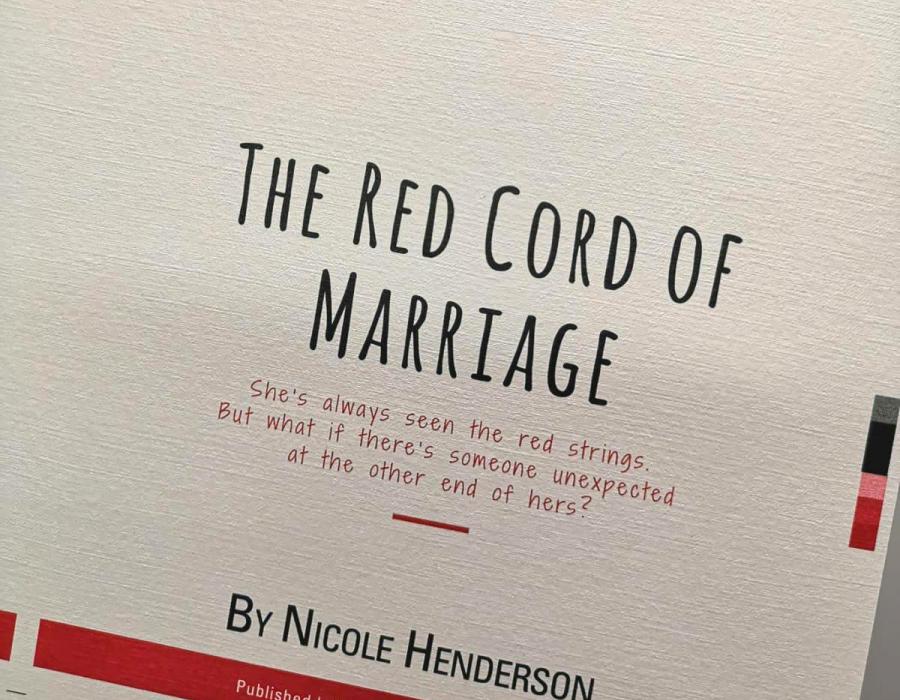
Embossing and cellulose fibres
Why does embossed paper have more or less strength? The answer is simple: when this process is applied to paper we are breaking or modifying the structure of the constituent cellulose fibres, which is why it loses mechanical strength. In fact, embossed materials are included in the category of special papers since, even although they lose properties in the process, they are still perfectly suitable for applications such as publishing or packaging coatings.
The greater the number of details in the embossed motif, the greater the effect on the fibres, as in the case of imitation leather or textiles. Therefore, as we can see, the quality of the paper is very important. Guarro Casas has over 70 types of embossing, since their characteristics make them particularly attractive for book covers on account of their texture and feel and the high strength provided by the long fibres that we use.
One example in which the opposite occurs is toilet paper, which is normally sold embossed. In this case, the material is very low-strength, since it will be used once only, it must be soft and it is not made to withstand a great deal of handling. That said, it is not embossed for purely aesthetic purposes, since the objective is to join the different layers of paper that make up the finished product. Therefore, the degree of strength at the end of the process does not matter since it is disposable.
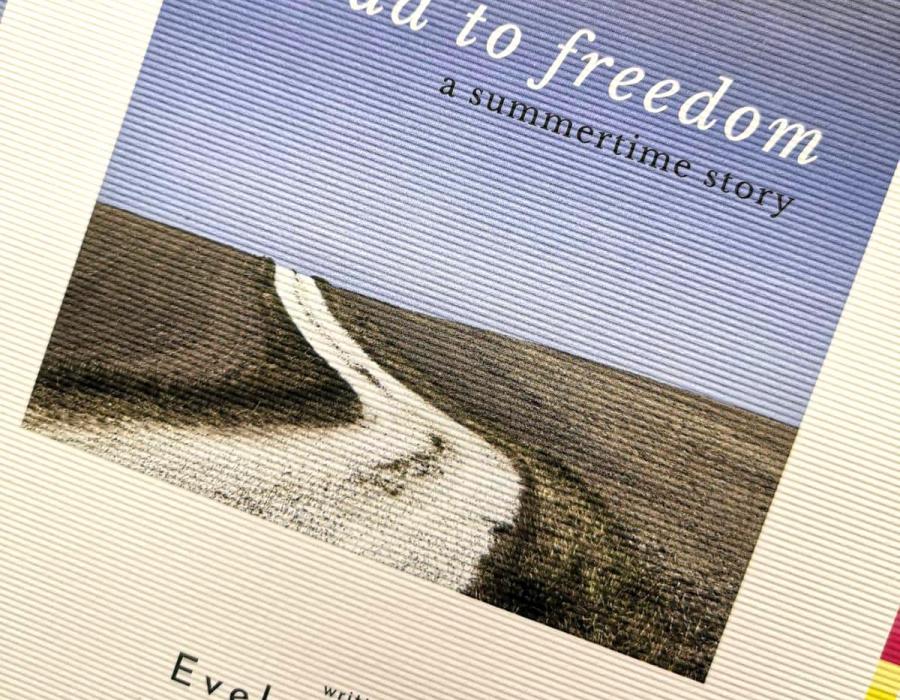
With the grain
As we saw in a previous post, the paper moves through the manufacturing machine in the direction of the fibre so that all the processes will be performed correctly and when it reaches the end and becomes a reel it remains in this direction. Therefore, embossing also takes place with the grain, above all to prevent any deformation of the material when pressure is applied to it.
In fact, this becomes another one of the factors to be taken into account when this process is applied. Paper can contract or expand in the process. This is why it is important to have an embossing die a few millimetres longer than the width of the reel to make sure that even if the material expands a little the entire surface will be marked. Moreover, there are tolerances, which in the standard would be between +/- 1 mm transversally (against the grain) and +/- 6 mm longitudinally (with the grain). Since generally speaking the reel is cut into sheets at the end of the process, this millimetric variation is not noticeable in the finished result, since they will have the original sizes and the surplus is eliminated.
One embossing for each material
To conclude, we would like to go back to an idea we mentioned previously: virtually all materials can be embossed, although the utmost care must be taken to prevent the paper from tearing or to avert a poor finish. The more pronounced motifs must be executed with higher-grammage paper, since thinner papers tend to tear. On the contrary, highly-detailed embossing work in high grammages may not be marked properly and the substrate could “spit out” the mark. There are guides, such as Guarro Casas’ own, based on our long-standing experience and tradition, that can help you to choose the best combination to guarantee excellent embossing.
